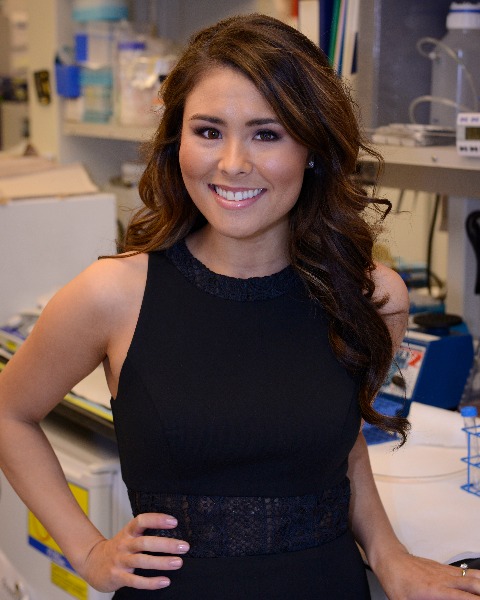(ES02-22) Associations of Fucosylated and Sialylated Human Milk Oligosaccharides with Infant Brain Tissue Organization and Regional Blood Flow During Early Lactation

Paige K. Berger, PhD, RDN
Investigator
Brigham and Women's Hospital, Harvard Medical School
Boston, Massachusetts, United StatesDisclosure: Disclosure(s): No relevant financial relationship(s) with ineligible companies to disclose.
- RB
Ravi Bansal, PhD
Children's Hospital Los Angeles
Los Angeles, California, United States - SS
Siddhant Sawardekar
Children's Hospital Los Angeles
- CY
Chloe Yonemitsu, BSc
San Diego, California, United States
- AF
Annalee Furst
University of California San Diego
- HH
Hailey Hampson
University of Southern California

Kelsey A. Schmidt, PhD, RD
Postdoctoral Research Fellow
The Saban Research Institute, Children's Hospital Los Angeles
Los Angeles, California, United States- TA
Tanya L. Alderete, PhD
Assistant Professor of integrative Physiology
University of Colorado-Boulder
Boulder, Colorado, United States - LB
Lars Bode, PhD
University of California, San Diego
La Jolla, California, United States - MG
Michael Goran, PhD
University of Southern California
Los Angeles, California, United States - BP
Bradley S. Peterson, MD
Children's Hospital Los Angeles
Los Angeles, California, United States
Presenting Author(s)
Co-Author(s)
To determine associations of individual fucosylated and sialylated human milk oligosaccharide (HMO) exposures with MRI indices of tissue microstructure and resting cerebral blood flow (rCBF) in infants at 1 month of age.
Methods: Mothers-infant pairs (N=20) were recruited for a cross-sectional study. Human milk was collected and assayed for concentrations of fucosylated HMOs, 2’-fucosyllactose (2’FL) and 3-fucosyllactose (3FL), and sialylated HMOs, 3’-sialyllactose (3’SL) and 6’-sialyllactose (6’SL). Diffusion tensor imaging (DTI) and arterial spin labeling (ASL) were performed on infants using a 3.0 Tesla MRI Scanner. Maps of fractional anisotropy (FA), mean diffusivity (MD), and rCBF were constructed. Multiple linear regression was used to assess voxel-wise associations of individual HMO exposures with MRI measures across the infant brain.
Results: Adjusting for pre-pregnancy BMI, sex, birthweight, and postmenstrual age revealed that exposure to 2’FL associated inversely with FA throughout the cortex, positively with MD in posterior cortical gray matter, posterior white matter, and subcortical gray matter nuclei, and inversely with rCBF in cortical gray matter throughout the brain (e.g., superior temporal cortex, B= -0.01, P= 0.005). Exposure to 3FL associated positively with FA and inversely with MD in white matter throughout the brain and positively with rCBF in the cortex, white matter throughout the brain, and subcortical gray matter nuclei (e.g., basal ganglia, B= 0.02, P= 0.001). Exposure to 3’SL associated positively with FA and inversely with MD in white matter throughout the brain and cortical gray matter of the frontal lobe and positively with rCBF in similar regions (e.g., corpus callosum, B= 0.06, P= 0.001). Exposure to 6’SL, was not associated with any MRI indices.
Conclusions: Fucosylated and sialylated HMO exposures are associated with neuroimaging indices of tissue microstructure and rCBF in infants. These data highlight distinct roles of 2’FL, 3FL, and 3’SL in diverse aspects of early brain development.
Funding Sources: Eunice Kennedy Shriver National Institute of Child Health & Human Development (R00 HD098288)
National Institute Diabetes and Digestive and Kidney Diseases (R01 DK110793)

.png)
